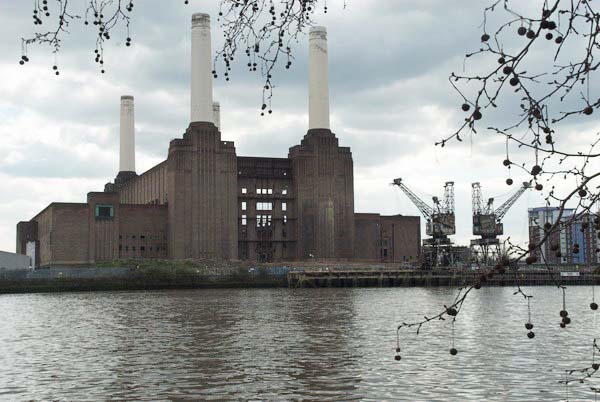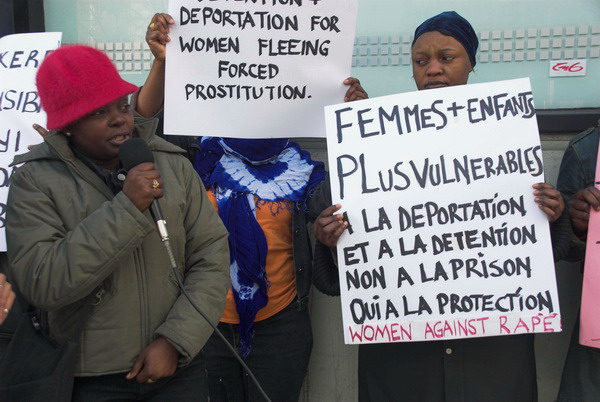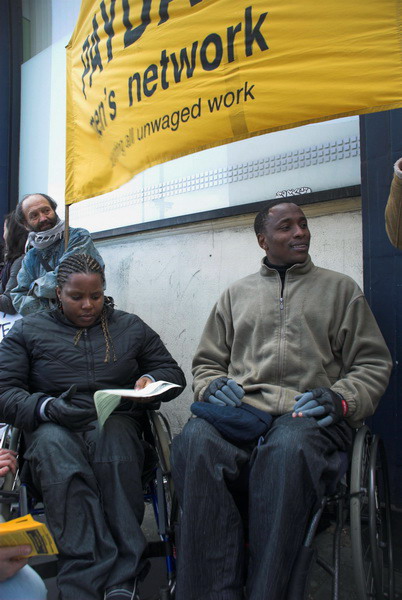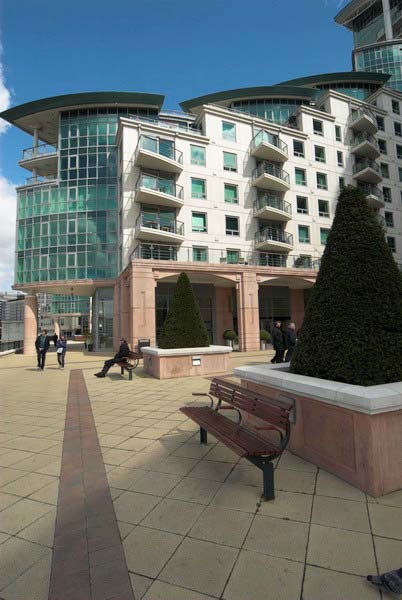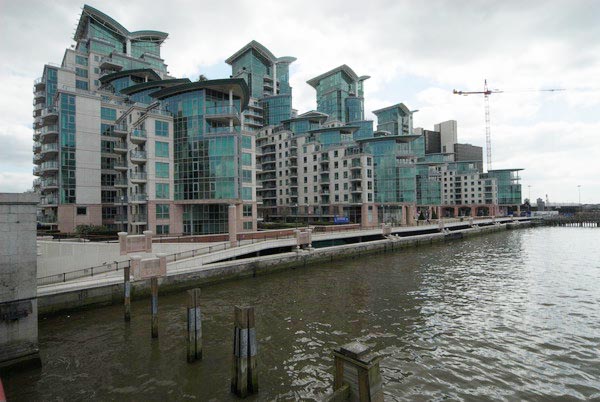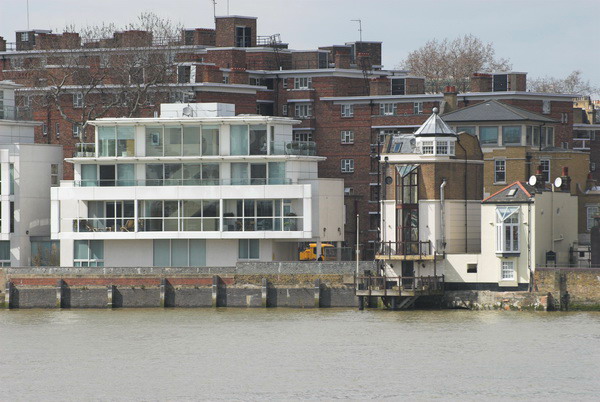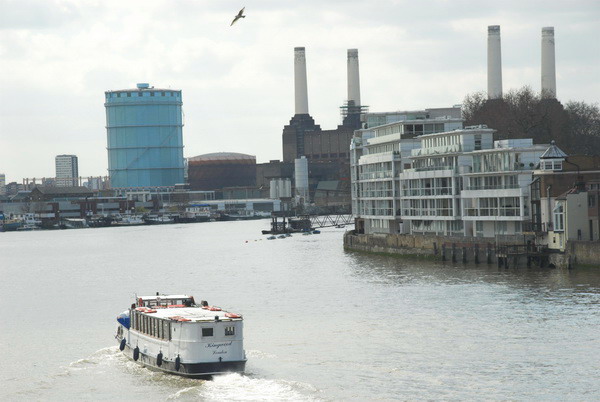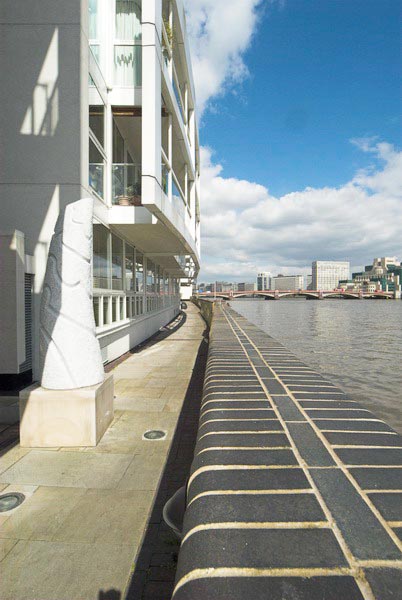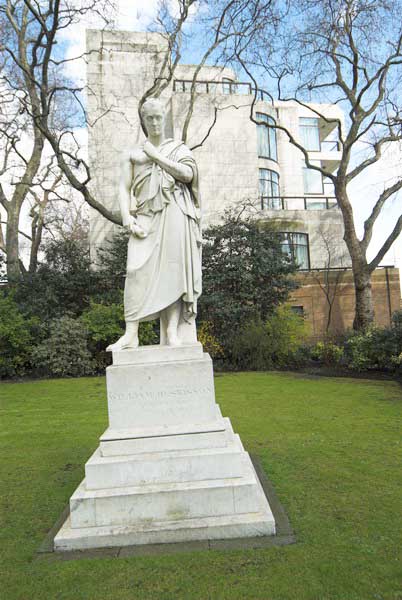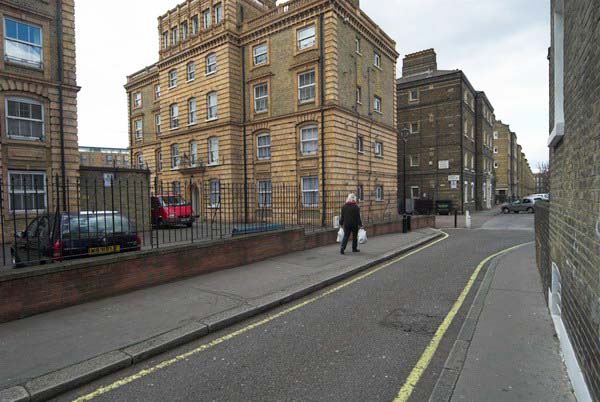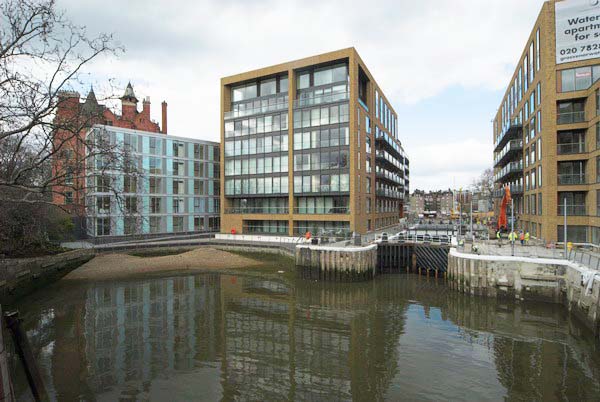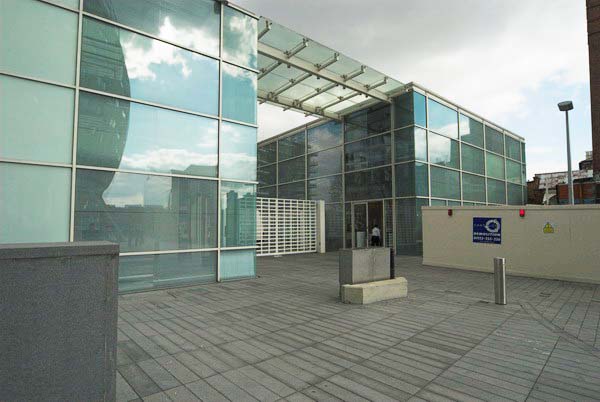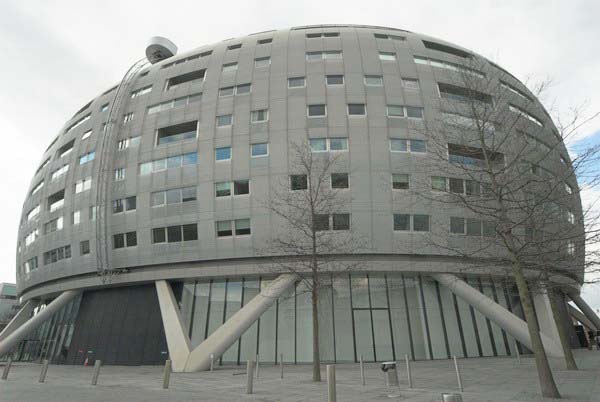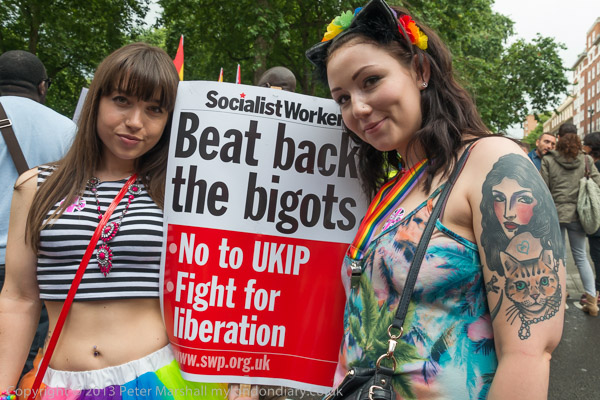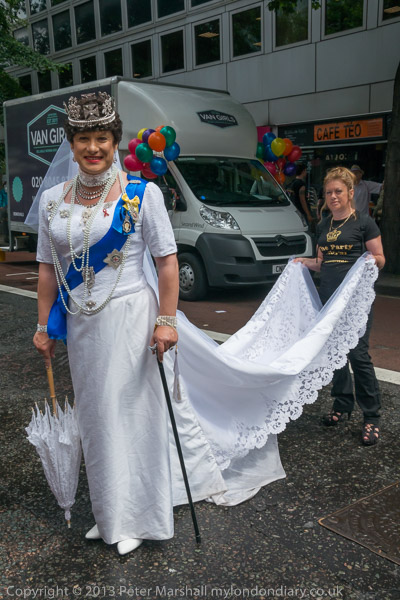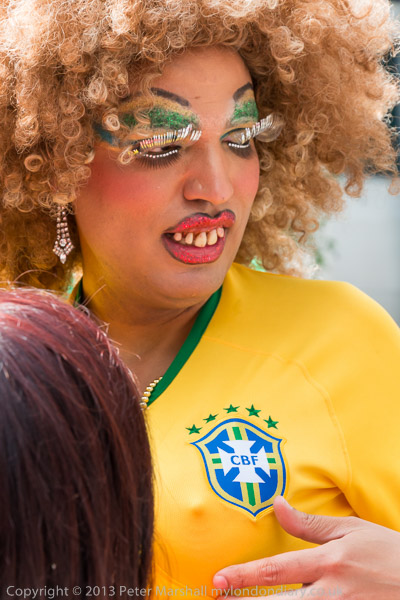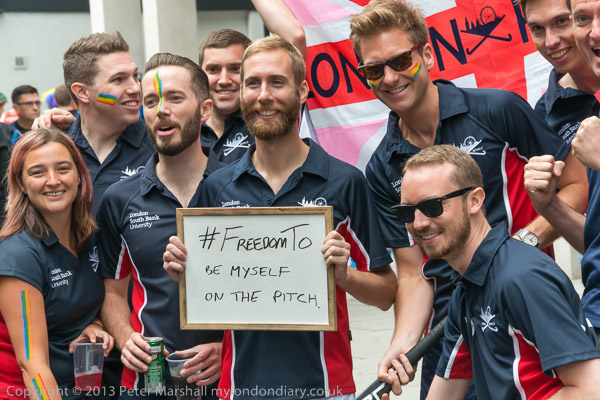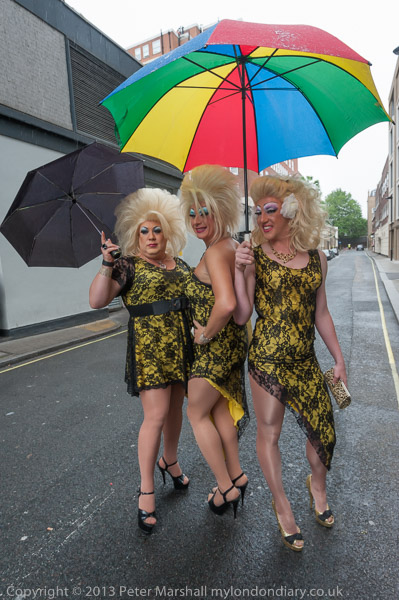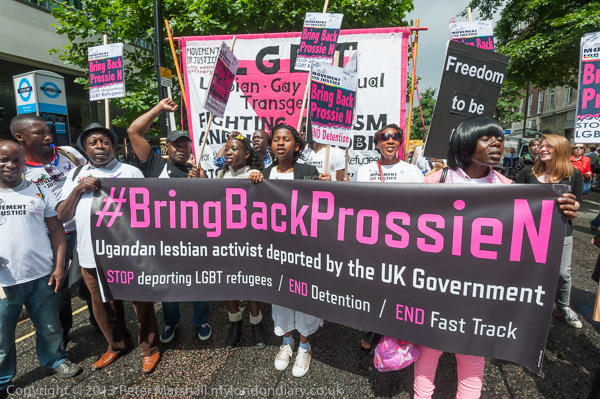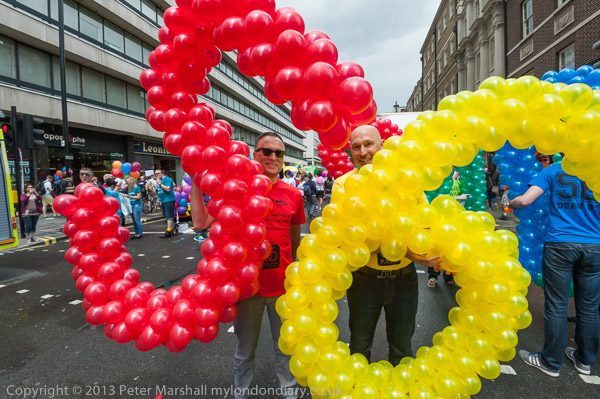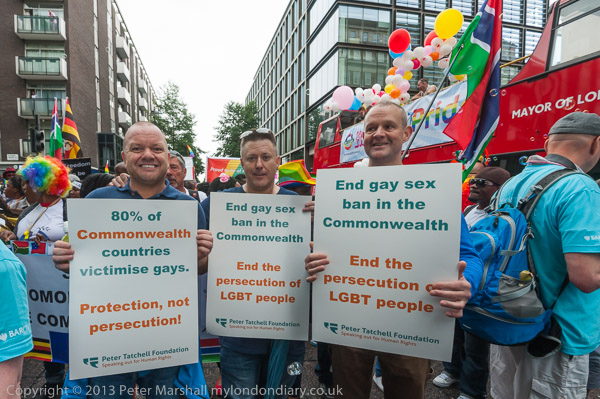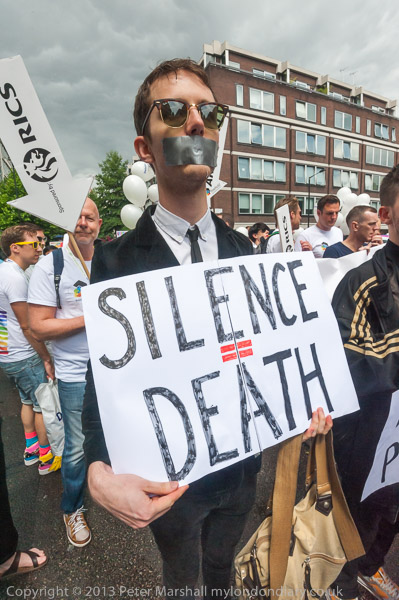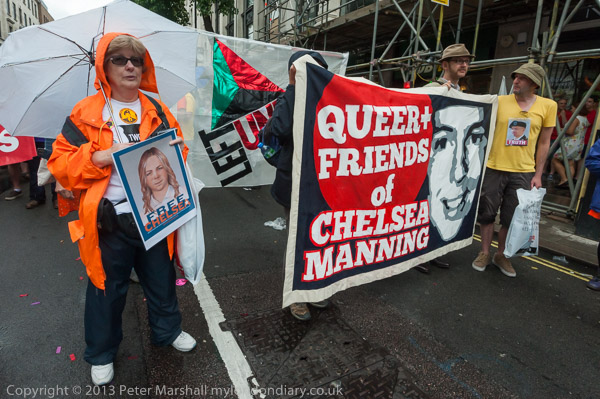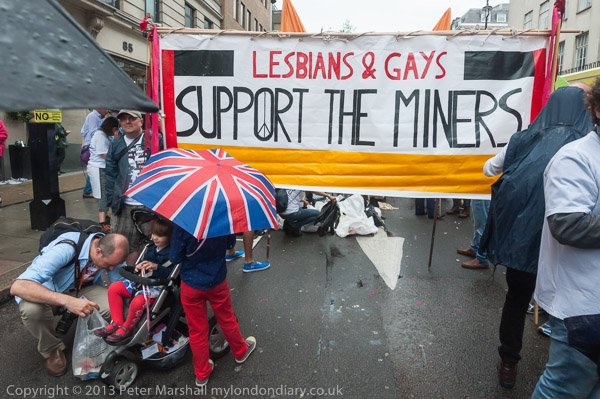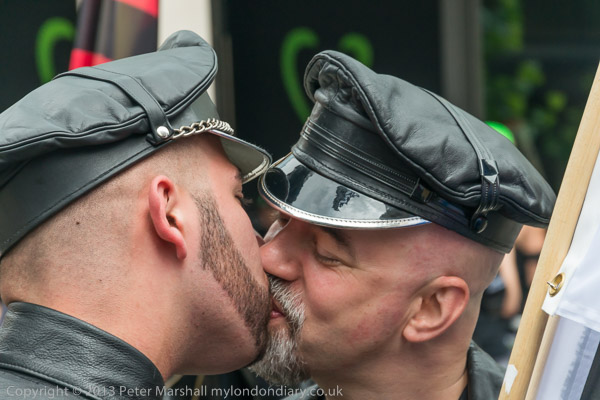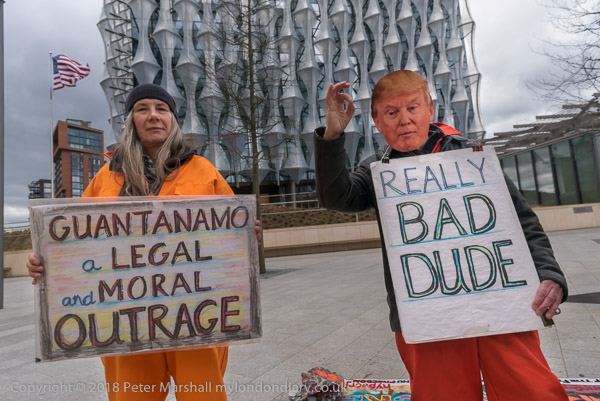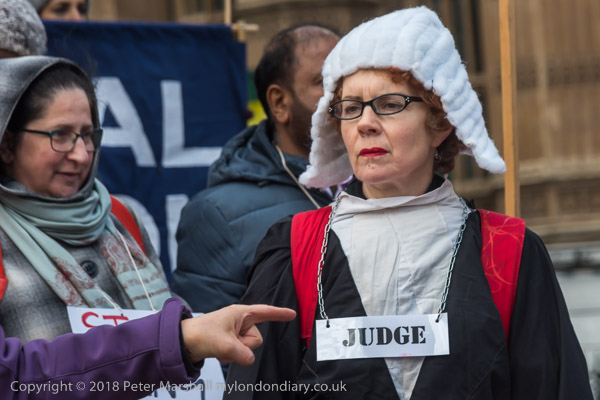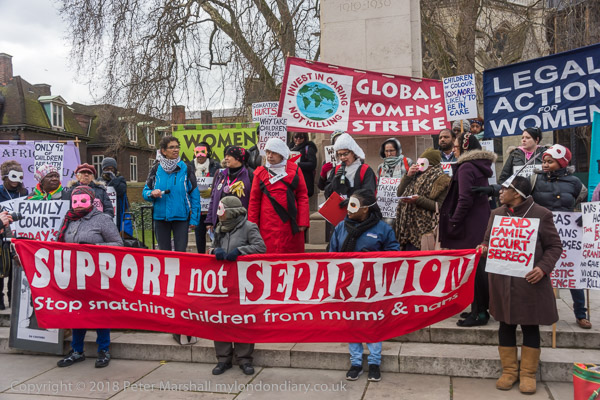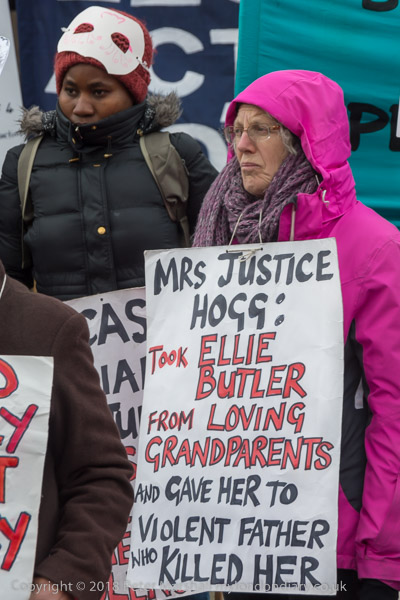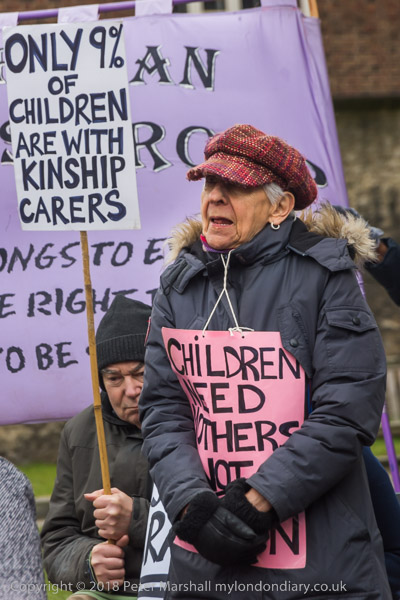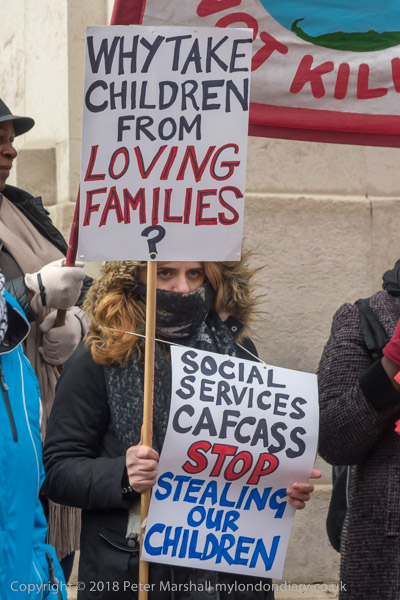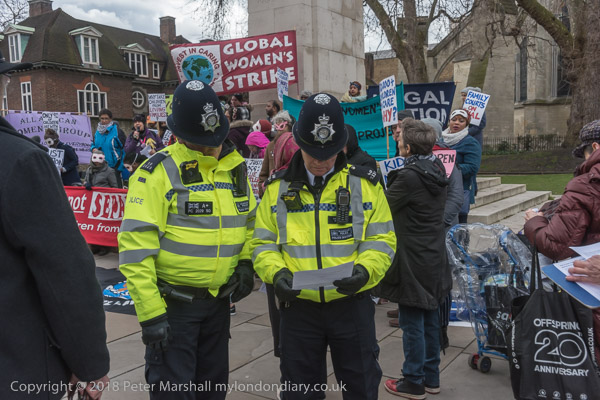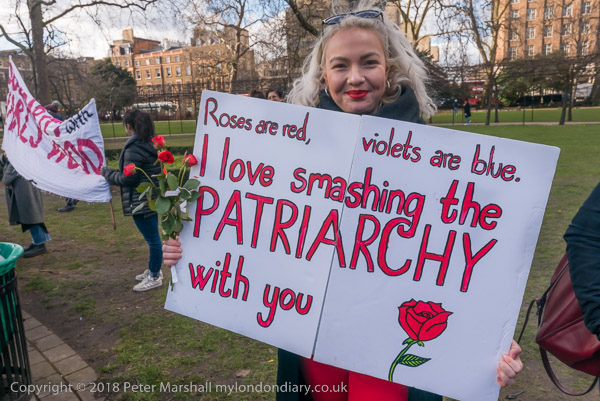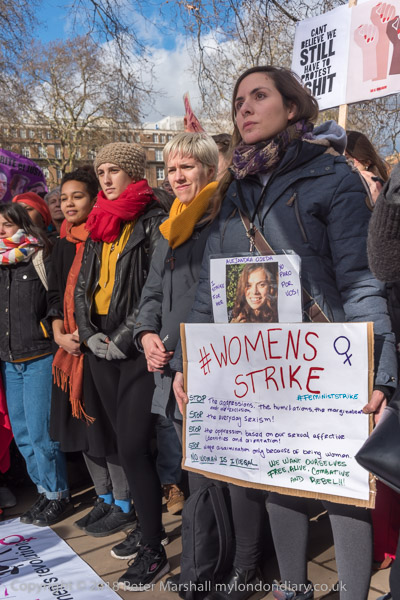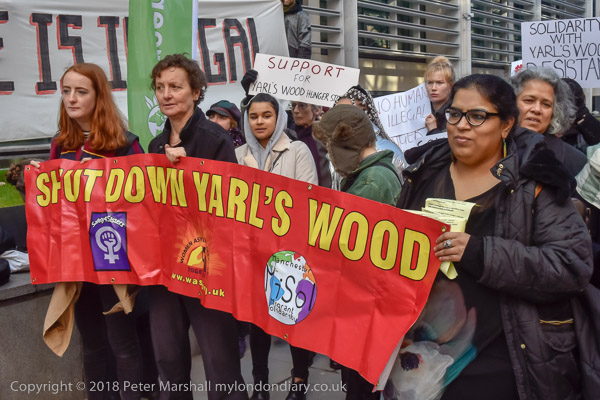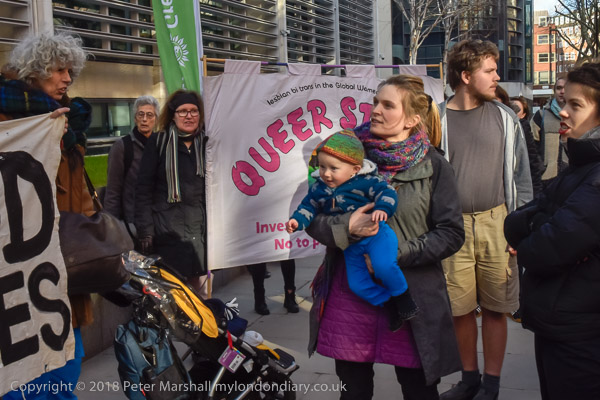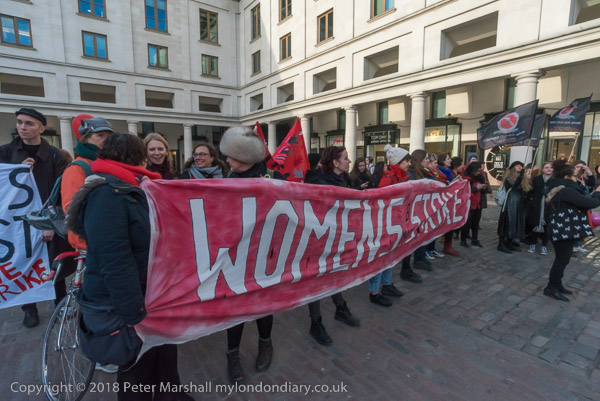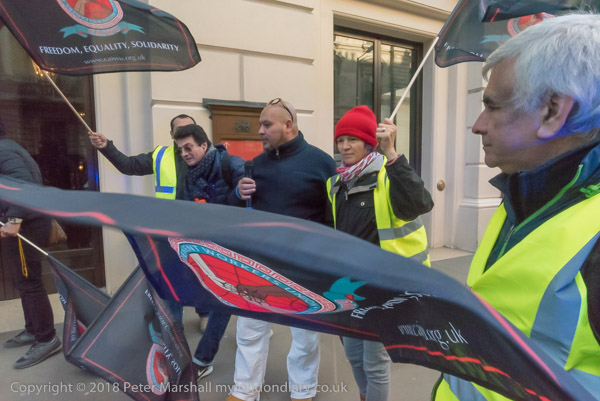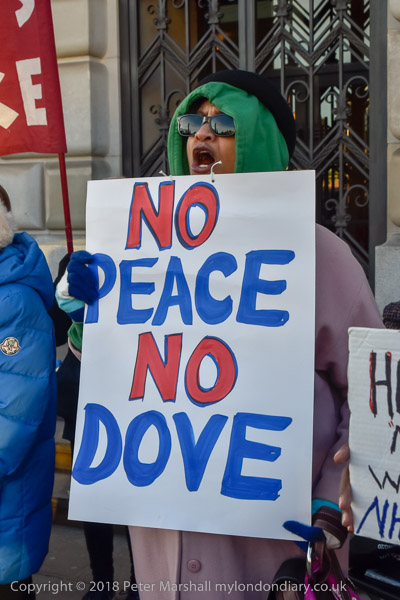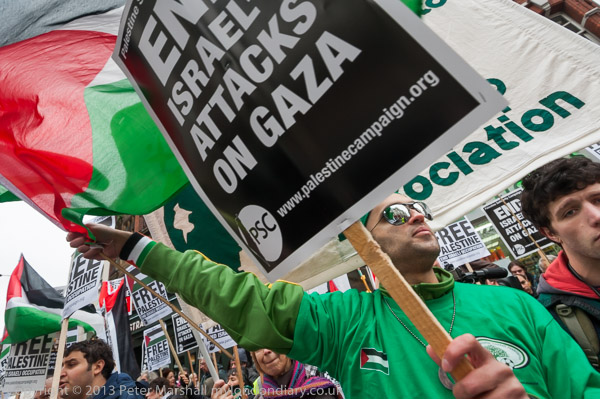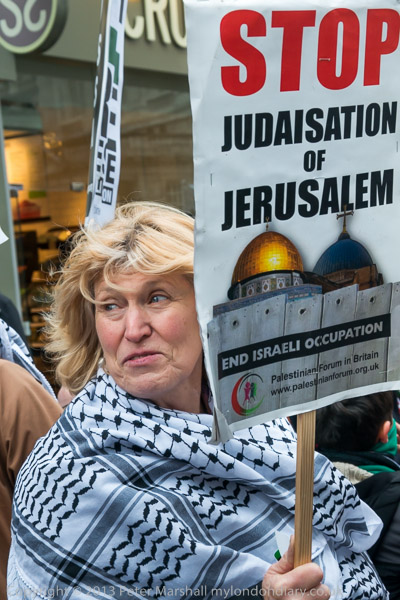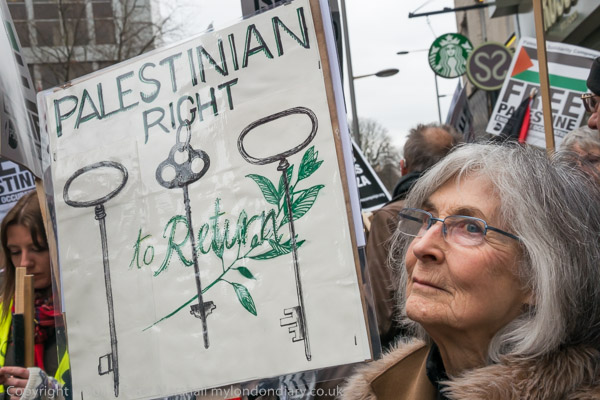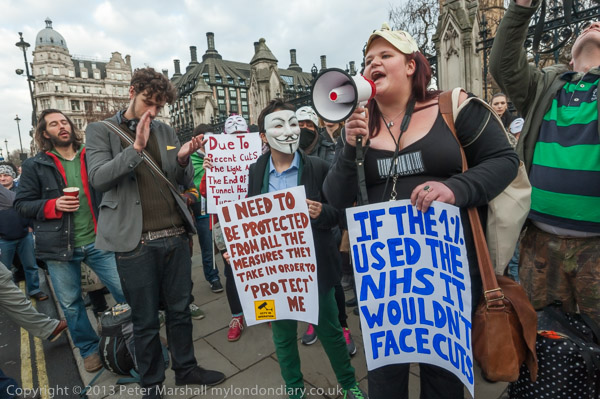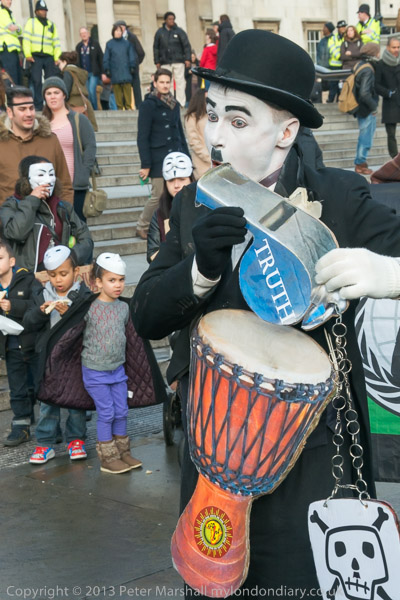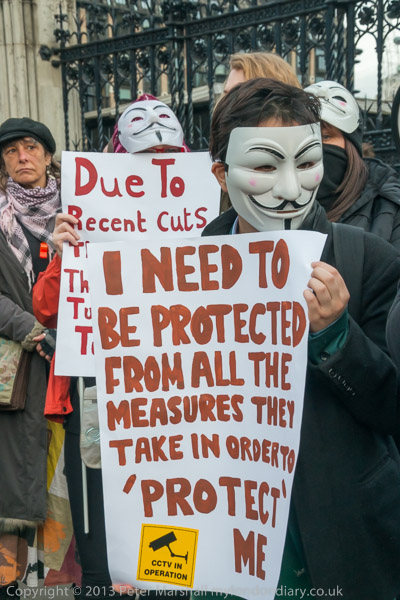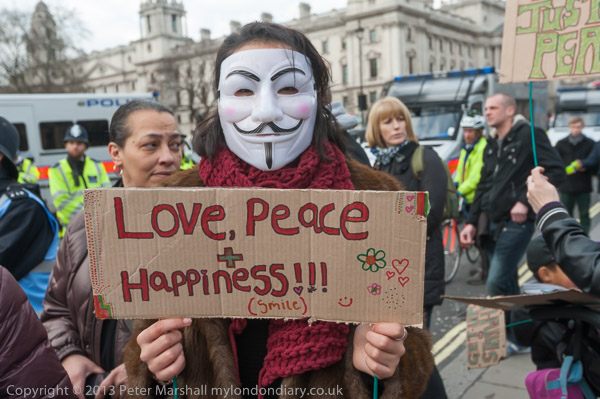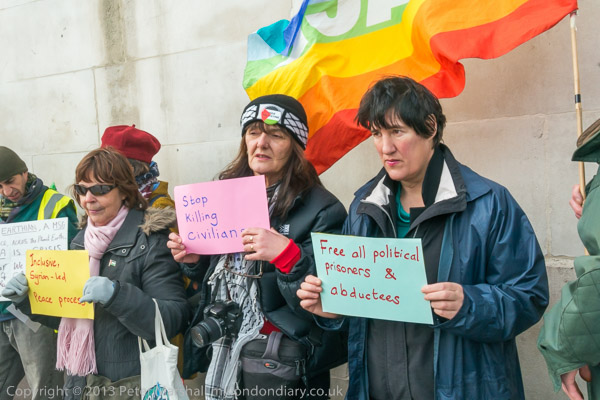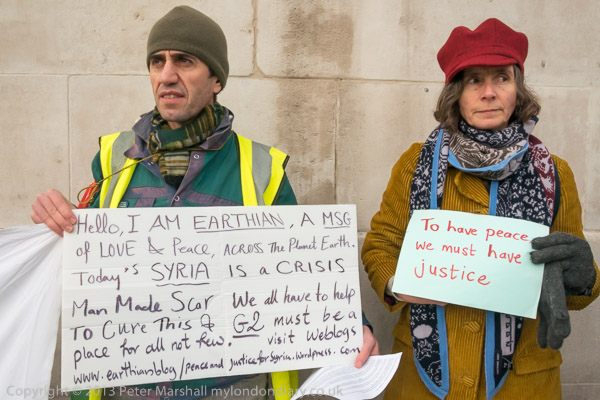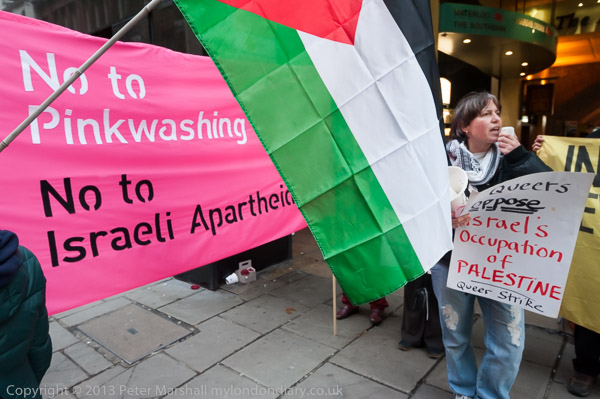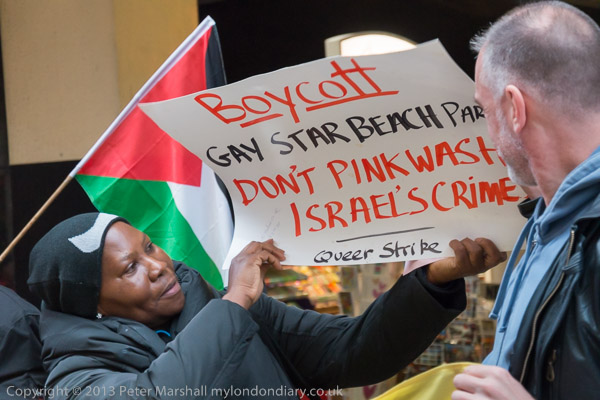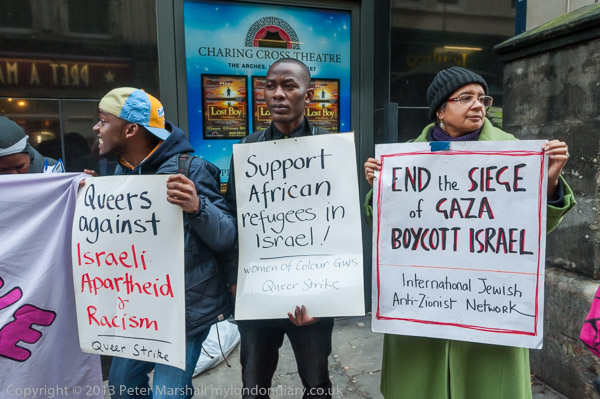Uganda Anti-gay Law & Guantanamo: Wednesday 8th January 2014 I photographed two protests in central London, the first in front of Uganda House in Trafalgar Square against the Anti-Homosexuality Act which had been passed by the Ugandan parliament but was awaiting signature by the President, and the second in Parliament Square calling for the closure of the illegal Guantanamo torture camp and the release of UK Resident Shaker Aamer.
Against Uganda’s Anti-Gay Law – Uganda House
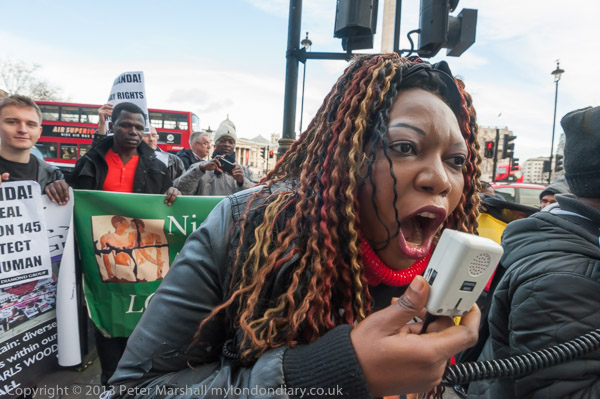
A crowd filled the pavement outside Uganda House on Trafalgar Square in a protest organised by the African LGBTI Out & Proud Diamond Group and Peter Tatchell Foundation and supported by other groups including Queer Strike, Movement for Justice, Lesbian Gay Christians, Rainbows Across Borders, the RMT, Nigerian LGBTIs and Women of Colour.
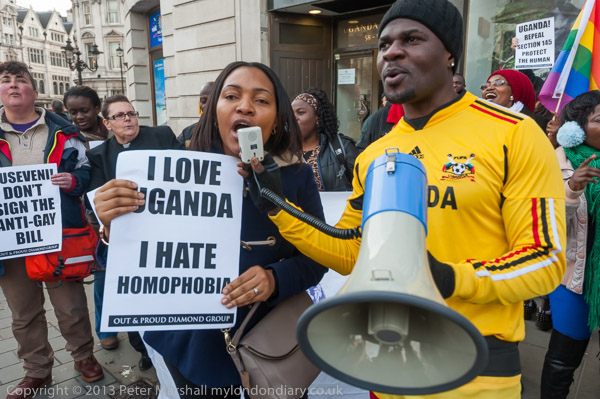
They called on President Museveni not to sign the Anti-Homosexuality Bill, (often referred to as the ‘Kill the Gays’ Bill.) Originally the Bill had called for the death penalty for what it described as “aggravated homosexuality”, but this was reduced to life imprisonment when it was passed by an inquorate Ugandan Parliament in December despite not being on the day’s order of business.
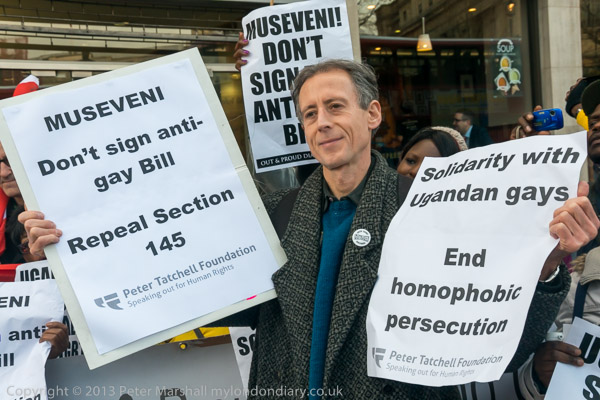
Museveni eventually signed and the Act became law on 24th February 2014. The bill, under consideration by the Ugandan parliament since 2009 had provoked a huge amount of international condemnation and in June 2014 the US announced various sanctions against Uganda.
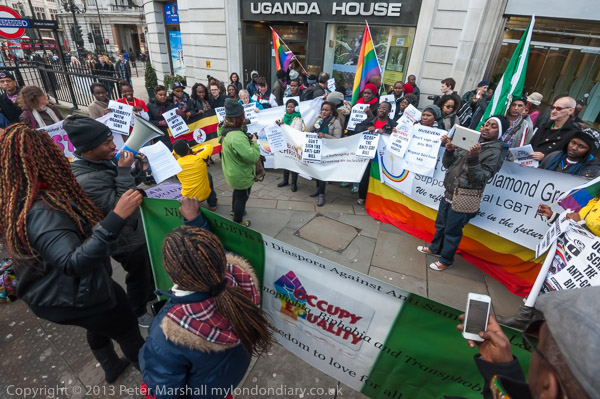
This Act was annulled by Uganda’s Constitutional Court in August 2014 as it had been passed without the necessary parliamentary quorum.
But in 2023, the Ugandan Parliament passed a new Anti-Homosexuality Act. Museveni passed it back to them for reconsideration when it was passed with minor amendments by a vote of 348 to 1 and he then signed it into law. It provided life imprisonment for homosexual acts and the death penalty for acts involving various groups of vulnerable people including those under 18 or over 75, disabled or mentally ill and repeat offenders or acts which transmit serious infectious diseases.
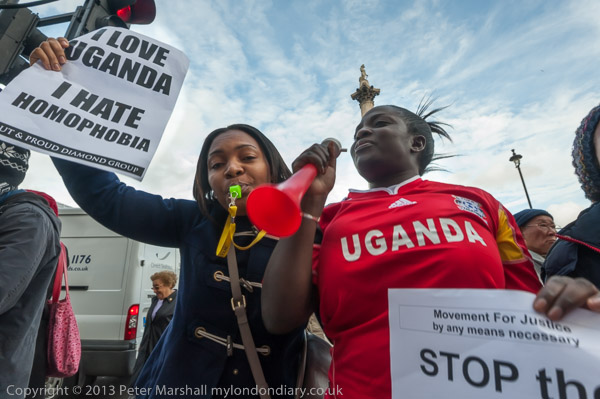
In 2024, the Constitutional Court upheld the 2023 Anti-Homosexuality Act, making a few minor changes, asserting “In defiance of international law, the judges ruled that the act does not violate fundamental rights to equality and nondiscrimination, privacy, freedom of expression, or the right to work for LGBT people.”
More about the 2014 protest at Against Uganda’s Anti-Gay Law.
Free Shaker Aamer Vigil – Parliament Square
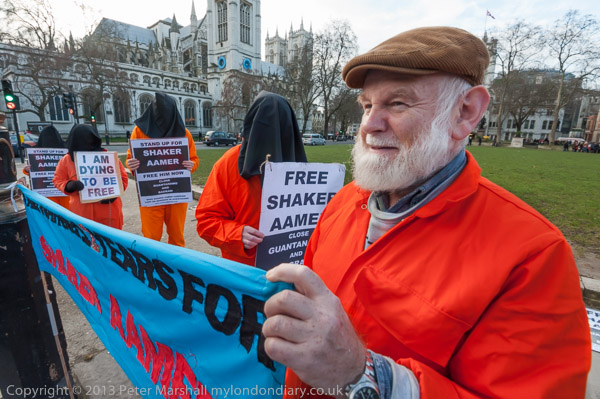
The Save Shaker Aamer campaign mounted its first vigil in 2014 opposite Parliament calling for the Londoner’s urgent release. Held there without charge of trial since Feb 14, 2002 he was first cleared for release in 2007.

A dozen protesters in orange Guantanamo-style jump suits and black hoods lined the pavement opposite Parliament with posters and banners, occasionally walking slowly up and down to remind MPs of the need to press the US for his release. Although there has never been any evidence against him, his release and evidence of his continuing torture and the complicity in this of the British security service MI6 would greatly embarrass both the UK and US

You can read more about his case in my account on My London Diary. Eventually after years of public pressure and protests such as this he was finally released to the UK on 30 October 2015.
Flickr – Facebook – My London Diary – Hull Photos – Lea Valley – Paris
London’s Industrial Heritage – London Photos
All photographs on this page are copyright © Peter Marshall.
Contact me to buy prints or licence to reproduce.
